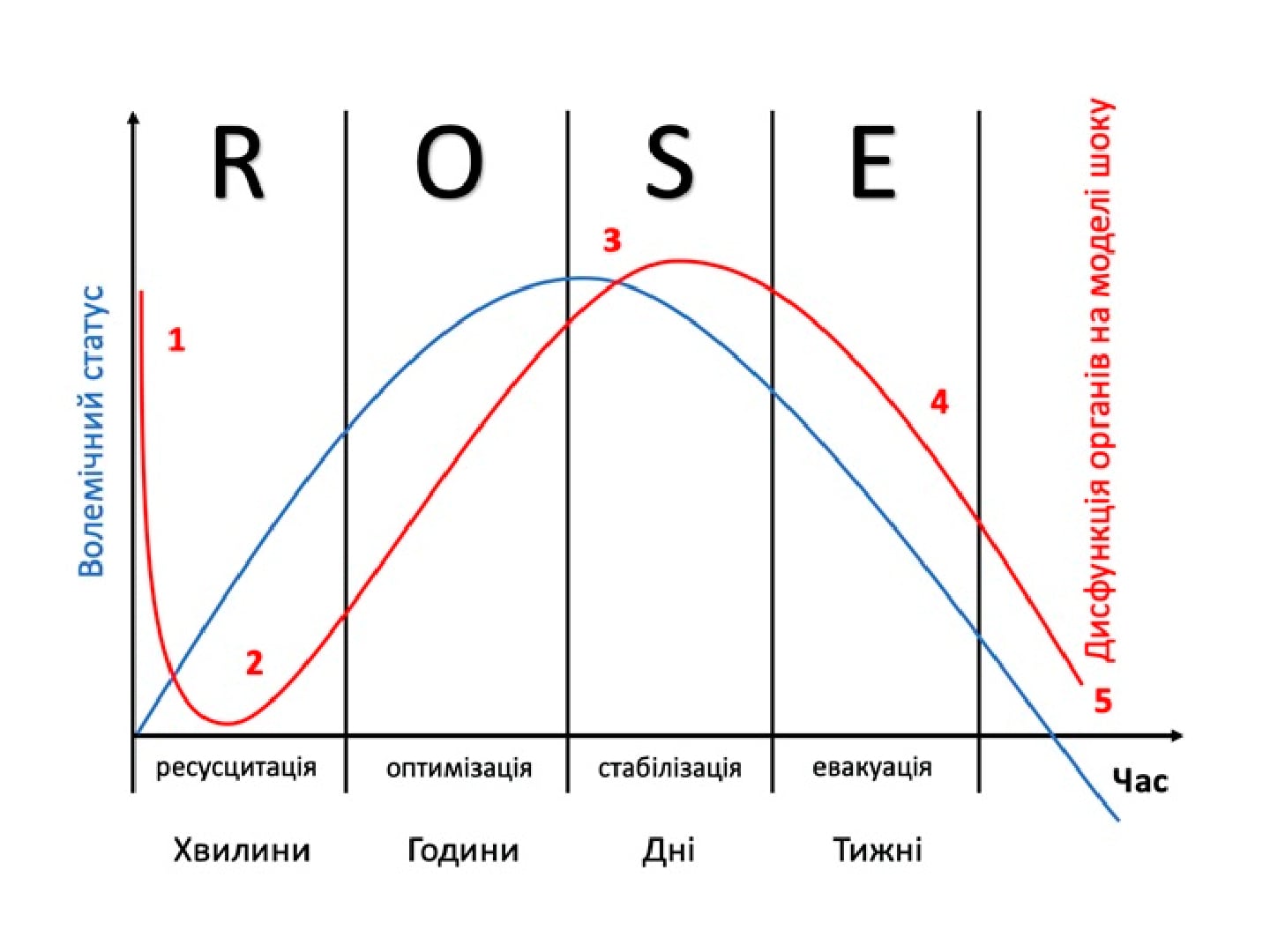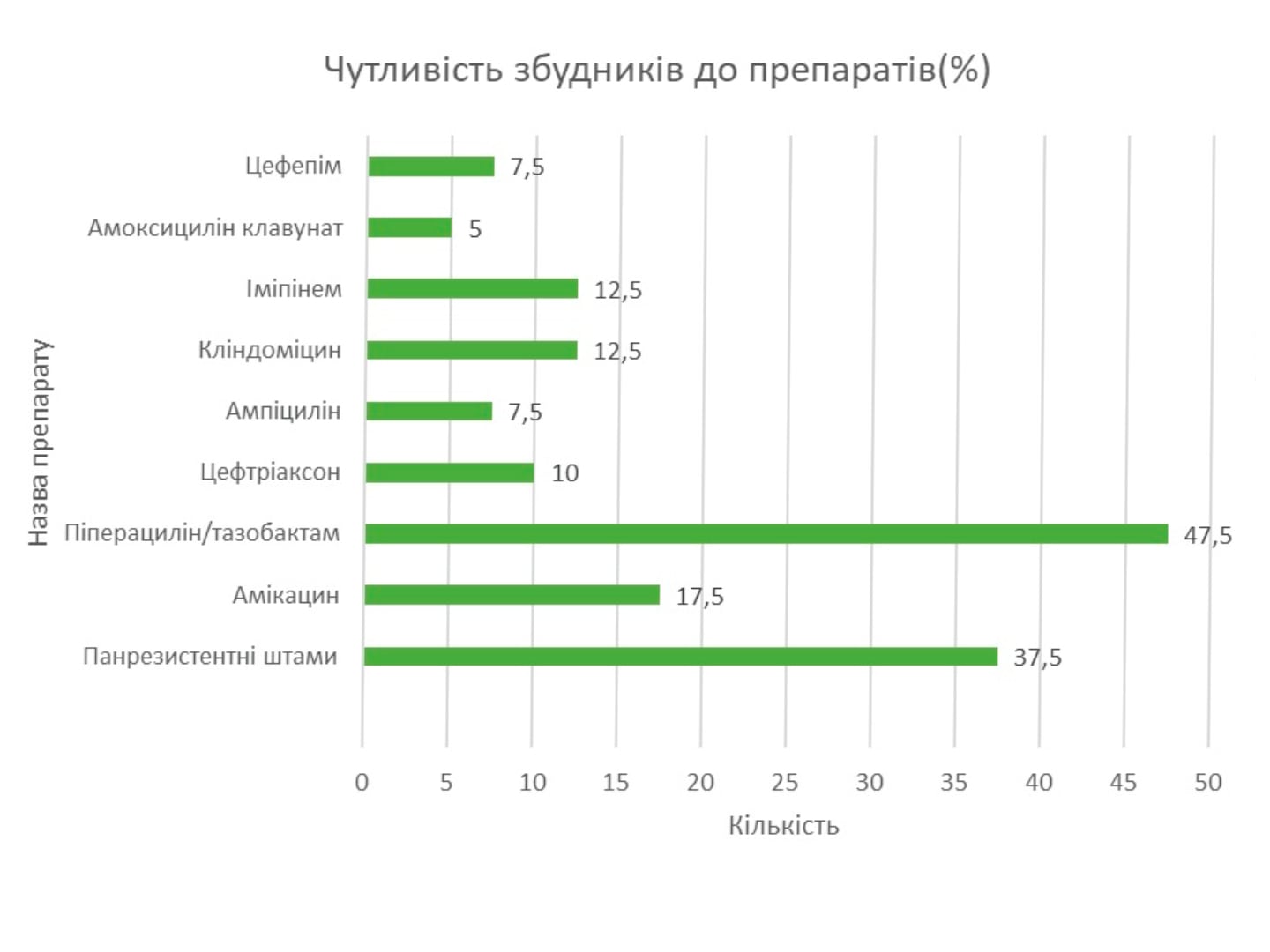Methoxyflurane: a historical review and safety analysis of its use as an analgesic in emergency and outpatient procedures

Abstract. Methoxyflurane, introduced as an anesthetic agent in the 1960s, quickly gained popularity due to its potent properties. However, its use as an anesthetic was discontinued due to significant side effects, particularly nephrotoxicity, manifested as acute renal failure with high diuresis. By the mid-1970s, methoxyflurane was withdrawn from the anesthetic market in North America and gradually worldwide.
It was later discovered that low-dose methoxyflurane had powerful analgesic properties, allowing its use for short-term pain relief in traumatic injuries and during ambulatory procedures. Australian emergency services began using portable methoxyflurane inhalers for emergency care. Clinical trials confirmed the effectiveness of this agent, with no significant side effects such as renal or hepatic toxicity reported.
The physicochemical properties of methoxyflurane, particularly its high lipid solubility and low vapor pressure, provide a slow onset of sedation, limiting its sedative effects when used short-term.
Clinical studies have confirmed the safety and efficacy of methoxyflurane in conducting ambulatory procedures such as colonoscopy and burn wound dressing changes. Methoxyflurane reduces anxiety and pain, allowing patients to return to normal activities more quickly.
Thus, methoxyflurane, used as a low-dose inhaled analgesic, can be an effective and safe pain relief option during ambulatory medical and surgical procedures, particularly in patients at high risk of complications from traditional sedation methods. Further research, including large randomized controlled trials, may provide additional evidence to support the potential benefits of methoxyflurane.
Keywords: Methoxyflurane, analgesia, nephrotoxicity, ambulatory procedures.
Authors:
- Dubrov Serhiy Oleksandrovych 1,2,3
- Cherniaiev Stepan Volodymyrovych 2,3
1 Ministry of Health of Ukraine.
2 KNE “Kyiv City Clinical Hospital No. 17”.
3 O.O. Bogomolets National Medical University, Kyiv.
Literature:
- Jephcott C, Grummet J, Nguyen N, Spruyt O. A review of the safety and efficacy of inhaled methoxyflurane as an analgesic for outpatient procedures. Br J Anaesth. 2018 May;120(5):1040-1048. doi: 10.1016/j.bja.2018.01.011. Epub 2018 Feb 12.
- Walter B. Crandell, Stephen G. Pappas, Alastair Macdonald; Nephrotoxicity Associated with Methoxyflurane Anesthesia. Anesthesiology 1966; 27:591–607 doi: doi.org/10.1097/00000542-196609000-00010.
- Richard I. Mazze, James R. Trudell, Michael J. Cousins; Methoxyflurane Metabolism and Renal Dysfunction: Clinical Correlation in Man. Anesthesiology 1971; 35:247–252 doi: 10.1097/00000542-197109000-00010.
- Richard I. Mazze, Srinivasa N. Raja; Methoxyflurane Revisited: Tale of an Anesthetic from Cradle to Grave. Anesthesiology 2006; 105:843–846 doi: doi.org/10.1097/00000542-200610000-00031.
- Robertson GS, Hamilton WF. Methoxyflurane and renal function. Br J Anaesth. 1973 Jan;45(1):55-62. doi: 10.1093/bja/45.1.55.
- Coffey F, Wright J, Hartshorn S, Hunt P, Locker T, Mirza K, Dissmann P. STOP!: a randomised, double-blind, placebo-controlled study of the efficacy and safety of methoxyflurane for the treatment of acute pain. Emerg Med J. 2014 Aug;31(8):613-8. doi: 10.1136/emermed-2013-202909. Epub 2014 Apr 17.
- Coffey F, Dissmann P, Mirza K, Lomax M. Methoxyflurane Analgesia in Adult Patients in the Emergency Department: A Subgroup Analysis of a Randomized, Double-blind, Placebo-controlled Study (STOP!). Adv Ther. 2016 Nov;33(11):2012-2031. doi: 10.1007/s12325-016-0405-7. Epub 2016 Aug 27.
- Bendall JC, Simpson PM, Middleton PM. Prehospital analgesia in New South Wales, Australia. Prehosp Disaster Med. 2011 Dec;26(6):422-6. doi: 10.1017/S1049023X12000180.
- Grindlay J, Babl FE. Review article: Efficacy and safety of methoxyflurane analgesia in the emergency department and prehospital setting. Emerg Med Australas. 2009 Feb;21(1):4-11. doi: 10.1111/j.1742-6723.2009.01153.x.
- Nguyen NQ, Toscano L, Lawrence M, Moore J, Holloway RH, Bartholomeusz D, Lidums I, Tam W, Roberts-Thomson IC, Mahesh VN, Debreceni TL, Schoeman MN. Patient-controlled analgesia with inhaled methoxyflurane versus conventional endoscopist-provided sedation for colonoscopy: a randomized multicenter trial. Gastrointest Endosc. 2013 Dec;78(6):892-901. doi: 10.1016/j.gie.2013.05.023. Epub 2013 Jun 28.
- Abdullah WA, Sheta SA, Nooh NS. Inhaled methoxyflurane (Penthrox) sedation for third molar extraction: a comparison to nitrous oxide sedation. Aust Dent J. 2011 Sep;56(3):296-301. doi: 10.1111/j.1834-7819.2011.01350.x.
- Therapeutic Goods Administration, Department of Health, Australian Government. Database of adverse event notifications-medicines. [Accessed 6 May 2017]. tga.gov.au/database-adverse-event-notifications-daen.
- Malignant Hyperthermia Association of the United States. Safe and unsafe anaesthetics. Available from: mhaus.org/healthcare-professionals/be-prepared/safe-and-unsafe-anesthetics [Accessed 19 February 2017].
- Penthrox® (methoxyflurane) Inhalation. Available from: medsafe.govt.nz/profs/datasheet/p/penthroxinh.pdf [Accessed 22 December 2016].
- Frangos J, Mikkonen A, Down C. Derivation of an occupational exposure limit for an inhalation analgesic methoxyflurane (Penthrox(®)). Regul Toxicol Pharmacol. 2016 Oct;80:210-25. doi: 10.1016/j.yrtph.2016.05.012. Epub 2016 May 13.
- Goudra BG, Singh PM, Penugonda LC, Speck RM, Sinha AC. Significantly reduced hypoxemic events in morbidly obese patients undergoing gastrointestinal endoscopy: Predictors and practice effect. J Anaesthesiol Clin Pharmacol. 2014 Jan;30(1):71-7. doi: 10.4103/0970-9185.125707.
- Goudra B, Singh PM. Anesthesia for gastrointestinal endoscopy: A subspecialty in evolution? Saudi J Anaesth. 2015 Jul-Sep;9(3):237-8. doi: 10.4103/1658-354X.154691.
- Nguyen NQ, Toscano L, Lawrence M, Phan VA, Singh R, Bampton P, Fraser RJ, Holloway RH, Schoeman MN. Portable inhaled methoxyflurane is feasible and safe for colonoscopy in subjects with morbid obesity and/or obstructive sleep apnea. Endosc Int Open. 2015 Oct;3(5). doi: 10.1055/s-0034-1392366. Epub 2015 Jun 24.
- Laird SM, Chrystal KM. The effect of methoxyflurane analgesia on renal function in burned patients: an investigation. Postgrad Med J. 1972 Mar;48(557):133-7. doi: 10.1136/pgmj.48.557.133.
- de Castro RJ, Leal PC, Sakata RK. Pain management in burn patients. Braz J Anesthesiol. 2013 Jan;63(1):149-53. doi: 10.1016/j.bjane.2012.02.003. Epub 2013 Aug 7.
- Linneman PK, Terry BE, Burd RS. The efficacy and safety of fentanyl for the management of severe procedural pain in patients with burn injuries. J Burn Care Rehabil. 2000 Nov-Dec;21(6):519-22. doi: 10.1097/00004630-200021060-00008.
- Wasiak J, Mahar PD, Paul E, Menezes H, Spinks AB, Cleland H. Inhaled methoxyflurane for pain and anxiety relief during burn wound care procedures: an Australian case series. Int Wound J. 2014 Feb;11(1):74-8. doi: 10.1111/j.1742-481X.2012.01067.x. Epub 2012 Aug 27.
- Gaskell AL, Jephcott CG, Smithells JR, Sleigh JW. Self-administered methoxyflurane for procedural analgesia: experience in a tertiary Australasian centre. Anaesthesia. 2016 Apr;71(4):417-23. doi: 10.1111/anae.13377. Epub 2016 Feb 15.






